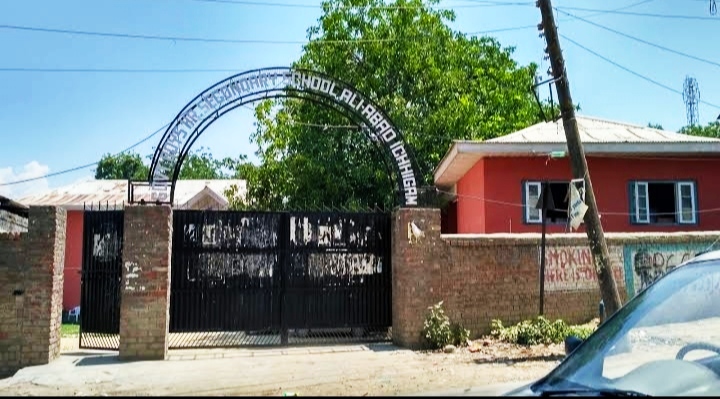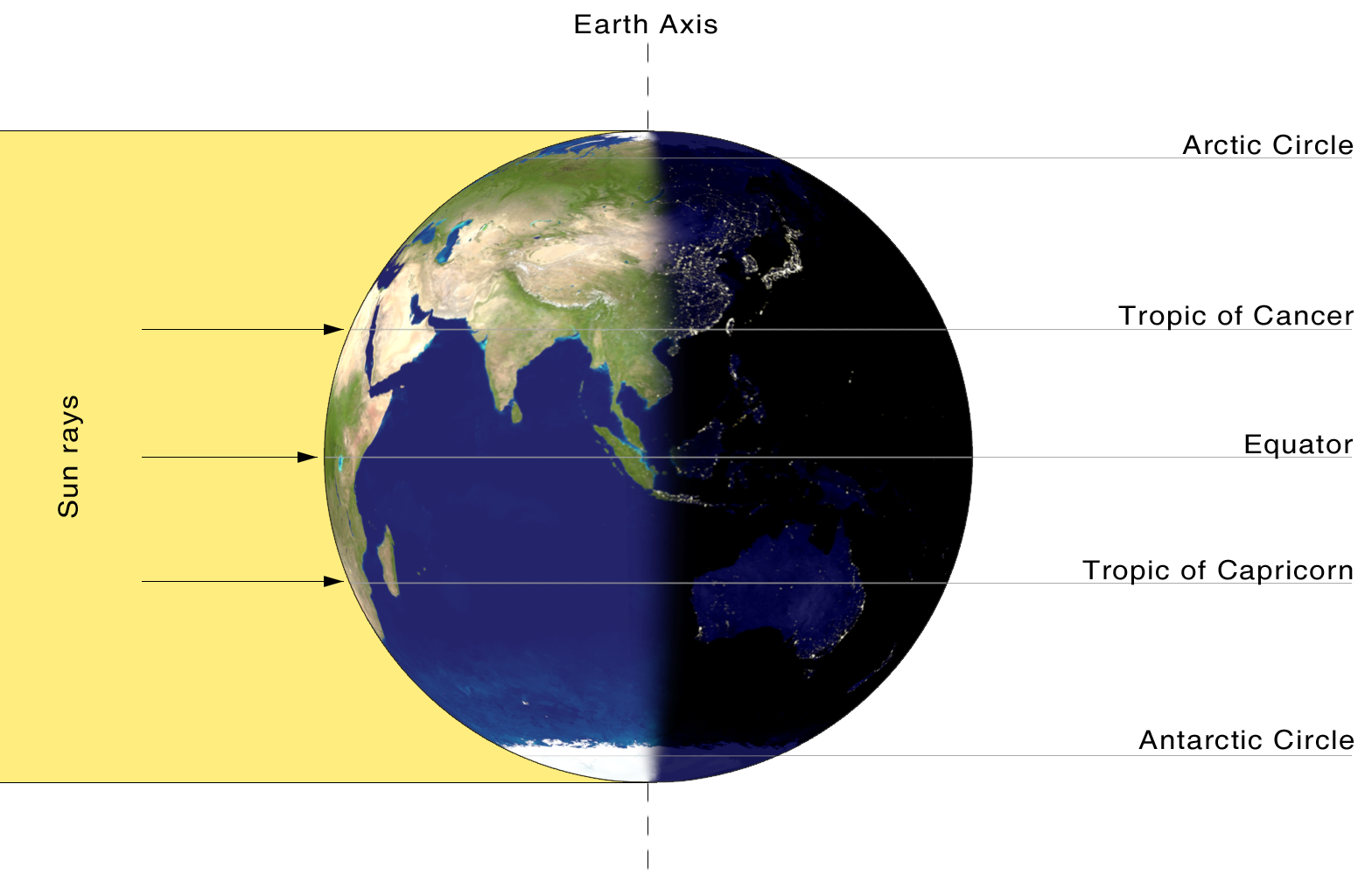|
Gariend
Gariend Kallan is a village in Budgam district situated in Jammu and Kashmir, India. It is only from Budgam and from Srinagar. It is bordered by Wahabpora, Garandkhurd, Chattabug, Soibug and Wadwan. Gariend Kallan falls under the administrative division of tehsil Budgam. Budgam is both the district & sub-district headquarter of the village. The total geographical area of village is 360 hectares. The literacy rate of the village is about 65%. There are Seven mohallas in Gariend Kallan. There are two government middle schools schools as well as one primary school. There are many Shia Muslims in the district of Budgam. Imam Jaffar Sadiq(a.s) library is present in the village. Many Majlis and festivals are celebrated here such as Nauroz, Ashoora, Sham-i-Ghareban, Eid-ul-Fitr, Eid-ul-Azha, Eid-i-Ghadeer, Shab-e-Meraj.. . There is a Jamia Masjid in the village named after the first Iranian Supreme Leader Ruhollah Musavi Khomeini(r.a). Villagers here follow Iranian tradi ... [...More Info...] [...Related Items...] OR: [Wikipedia] [Google] [Baidu] |
Dadina
Dadina or Dadun ( ur, ڈڈینہ) is a village of Budgam district situated in Budgam block in Jammu and Kashmir Jammu and Kashmir may refer to: * Kashmir, the northernmost geographical region of the Indian subcontinent * Jammu and Kashmir (union territory), a region administered by India as a union territory * Jammu and Kashmir (state), a region administered ..., India. It is only from the district headquarters. It is the most neighbouring vicinity to Budgam. The population of Dadina is about 5,000 in which 3,000 are males and 2,000 are females. Literacy rate of the village is about 60%. The villages are engaged with agriculture, business and jobs. References Budgam district Villages in Budgam district {{JammuandKashmir-geo-stub ... [...More Info...] [...Related Items...] OR: [Wikipedia] [Google] [Baidu] |
Wahabpora
Wahabpora is a village in district Budgam in Indian administered union territory of Jammu and Kashmir, India. Situated on the banks of Aihaji River (Bada Ara/Gam kuel), Wahabpora is about away from the district headquarters Budgam and from Srinagar, the summer capital of Jammu and Kashmir. The village Wahabpora consists of about six mohallahs— Peer Mohallah (Mosvey Abad), Taingapora, Watipora, Ganaiepora, New Colony and Chinar colony. It is necessary to describe that Chinar colony was a part of Mosviabad and Al-Mehdi Chowk is the famous region of Chinar colony, the colony which is the central part of the village where five big chinars, about the age five hundred years old are present. The brother in law of Mughal King Jahangir and that time Governor of Kashmir Asif Khan had planted these five chinars. Chinar Garden of Wahabpora is also known as “Asif Ali Khan Bagh”. Gariend is the neighbouring village to Wahabpora. Famous plane crushing event occurred near this plac ... [...More Info...] [...Related Items...] OR: [Wikipedia] [Google] [Baidu] |
Budgam District
Budgam district is a district in the Indian-administered union territory of Jammu and Kashmir. Created in 1979 with its headquarters at Budgam, it is the district with the largest population of Shias in the Kashmir valley. Administration Budgam district is the closest district to the union territory capital Srinagar (11 km). Budgam district came into existence in 1979, prior to which it was part of Srinagar district. In former times, Budgam was a part of Baramulla district, when Srinagar itself was a constituent of the Anantnag district. It was then known as tehsil Sri Pratap. Historical records suggests that Budgam was also referred to as Pargana Deesu. According to the well-known chronicler Khawaja Azam Demari, the area was also known as Deedmarbag. Budgam district borders the districts of Baramullah and Srinagar in the north, Pulwama in the south and Poonch in the south west. In 2008, Budgam district consisted of eight blocks. Currently, the district consists of ... [...More Info...] [...Related Items...] OR: [Wikipedia] [Google] [Baidu] |
Administrative Divisions Of India
The administrative divisions of India are subnational administrative units of India; they are composed of a nested hierarchy of administrative divisions. Indian states and territories frequently use different local titles for the same level of subdivision (e.g., the '' mandals'' of Andhra Pradesh and Telangana correspond to '' tehsils'' of Uttar Pradesh and other Hindi-speaking states but to '' talukas'' of Gujarat, Goa, Karnataka, Kerala, Maharashtra, and Tamil Nadu). The smaller subdivisions (villages and blocks) exist only in rural areas. In urban areas, urban local bodies exist instead of these rural subdivisions. Tiers of India The diagram below outlines the six tiers of government: Zones and regions Zones The states of India have been grouped into six zones having an Advisory Council "to develop the habit of cooperative working" among these States. Zonal Councils were set up vide Part-III of the States Reorganisation Act, 1956. The N ... [...More Info...] [...Related Items...] OR: [Wikipedia] [Google] [Baidu] |
Ichgam
Ichgam , also known as Ichigam, is a census town located in the Indian administered union territory of Jammu and Kashmir's Budgam district. It falls under the administrative division of tehsil Budgam, one of the nine tehsils of district Budgam. It is one of the most populated area of Budgam district. It is roughly away from district Budgam and nearly away from Srinagar, the summer capital of union territory of Jammu and Kashmir. Ichgam village consists of four blocks — Ichgam-A, Ichgam-B, Ichgam-C and Ichgam-D. The village consists of both major sects of Islam, Shias (85-90%) and Sunnis(10-15%). There is also a Hindu minority. Demographics , the population of Ichgam is 7,461 of which 3,820 are males while the remaining 3,641 are females as per the report released by Census of India. Population of children with age of 0-6 is 15.64% that's 1,167 of the total population of Ichgam. In Ichgam, the female sex ratio is of 953 against the erstwhile state average of 889. The child ... [...More Info...] [...Related Items...] OR: [Wikipedia] [Google] [Baidu] |
Ruhollah Khomeini
Ruhollah Khomeini, Ayatollah Khomeini, Imam Khomeini ( , ; ; 17 May 1900 – 3 June 1989) was an Iranian political and religious leader who served as the first supreme leader of Iran from 1979 until his death in 1989. He was the founder of the Islamic Republic of Iran and the leader of the 1979 Iranian Revolution, which saw the overthrow of Shah Mohammad Reza Pahlavi and the end of the Persian monarchy. Following the revolution, Khomeini became the country's first supreme leader, a position created in the constitution of the Islamic Republic as the highest-ranking political and religious authority of the nation, which he held until his death. Most of his period in power was taken up by the Iran–Iraq War of 1980–1988. He was succeeded by Ali Khamenei on 4 June 1989. Khomeini was born in Khomeyn, in what is now Iran's Markazi province. His father was murdered in 1903 when Khomeini was two years old. He began studying the Quran and Arabic from a young age and was assi ... [...More Info...] [...Related Items...] OR: [Wikipedia] [Google] [Baidu] |
Eid Al-Fitr
, nickname = Festival of Breaking the Fast, Lesser Eid, Sweet Eid, Sugar Feast , observedby = Muslims , type = Islamic , longtype = Islamic , significance = Commemoration to mark the end of fasting in Ramadan , date = 1 Shawwal , date2019 = 4 June (Saudi Arabia and some other countries) 5 June (Pakistan and some other countries) , date2023 = 21 – 22 April , date2024 = 10 – 11 April , celebrations = Eid prayers, charity, social gatherings, festive meals, gift-giving, dressing up, Lebaran , relatedto = Ramadan, Eid al-Adha Eid al-Fitr (; ar, عيد الفطر, Eid al-Fiṭr, Holiday of Breaking the Fast, ) is the earlier of the two official holidays celebrated within Islam (the other being Eid al-Adha). The religious holiday is celebrated by Muslims worldwide because it marks the end of the month-long dawn-to-sunset fasting of Ramadan. It falls on the first day of Shawwal in the Islamic calendar; this ... [...More Info...] [...Related Items...] OR: [Wikipedia] [Google] [Baidu] |
Sham-i-Ghareban
Sham-i-Ghareban (شام غریباں ) is a mourning night of Shi'Ites which is observed between 10th Muharram and 11th Muharram. The word Sham means night and Ghareban means poor or oppressed, thus this night remarks sacrifice and tolerance of the oppressed people of Ahlebait in Karbala Karbala or Kerbala ( ar, كَرْبَلَاء, Karbalāʾ , , also ;) is a city in central Iraq, located about southwest of Baghdad, and a few miles east of Lake Milh, also known as Razzaza Lake. Karbala is the capital of Karbala Governorat .... So, it is called Sham-i-Ghareban. On 11th Muharram the holy members of Ahlebait were arrested. The next day, the holy prisoners reached Kufa in the palace of Ibn Ziyad.Lahoof By Ibn Tayoos, Tafseer Karbala By Faroog Kazmi It is the main night in Muharram. On this night people gather to say Noha and Marsiya. Mourners beat their chests, recite Ziyarat Ashura and take out processions. References {{Reflist Shia Islam ... [...More Info...] [...Related Items...] OR: [Wikipedia] [Google] [Baidu] |
Nowruz
Nowruz ( fa, نوروز, ; ), zh, 诺鲁孜节, ug, نەۋروز, ka, ნოვრუზ, ku, Newroz, he, נורוז, kk, Наурыз, ky, Нооруз, mn, Наурыз, ur, نوروز, tg, Наврӯз, tr, Nevruz, tk, Nowruz, uz, Navro'z is the Persian-language term for the day of the Iranian New Year, also known as the Persian New Year. It begins on the spring equinox and marks the beginning of Farvardin, the first month of the Solar Hijri calendar (an Iranian calendar used officially in Iran and Afghanistan). The day is celebrated worldwide by various ethnolinguistic groups and falls on or around the date of 21 March on the Gregorian calendar. The day of Nowruz has its origins in the Iranian religion of Zoroastrianism and is thus rooted in the traditions of the Iranian peoples; however, it has been celebrated by diverse communities for over 3,000 years in Western Asia, Central Asia, the Caucasus, the Black Sea Basin, the Balkans, and South Asia. Presentl ... [...More Info...] [...Related Items...] OR: [Wikipedia] [Google] [Baidu] |
Shia Islam
Shīʿa Islam or Shīʿīsm is the second-largest branch of Islam. It holds that the Islamic prophet Prophets in Islam ( ar, الأنبياء في الإسلام, translit=al-ʾAnbiyāʾ fī al-ʾIslām) are individuals in Islam who are believed to spread God in Islam, God's message on Earth and to serve as models of ideal human behaviour. So ... Muhammad in Islam, Muhammad designated Ali, ʿAlī ibn Abī Ṭālib as his Succession to Muhammad, successor (''khalīfa'') and the Imamah (Shia doctrine), Imam (spiritual and political leader) after him, most notably at the event of Ghadir Khumm, but was prevented from succeeding Muhammad as the leader of the Muslims as a result of the choice made by some of Companions of the Prophet, Muhammad's other companions (''ṣaḥāba'') at Saqifah. This view primarily contrasts with that of Sunni Islam, Sunnī Islam, whose adherents believe that Muhammad did not appoint a successor before Death of Muhammad, his death and consider Abu ... [...More Info...] [...Related Items...] OR: [Wikipedia] [Google] [Baidu] |
Mahallah
is an Arabic word variously translated as district, quarter, ward, or " neighborhood" in many parts of the Arab world, the Balkans, Western Asia, the Indian subcontinent, and nearby nations. History Historically, mahallas were autonomous social institutions built around familial ties and Islamic rituals. Today it is popularly recognised also by non-Muslims as a neighbourhood in large cities and towns. Mahallas lie at the intersection of private family life and the public sphere. Important community-level management functions are performed through mahalle solidarity, such as religious ceremonies, life-cycle rituals, resource management and conflict resolution. It is an official administrative unit in many Middle Eastern countries. The word was brought to the Balkans through Ottoman Turkish ''mahalle'', but it originates in Arabic محلة (''mähallä''), from the root meaning "to settle", "to occupy". In September 2017, a Turkish-based association referred to the historical maha ... [...More Info...] [...Related Items...] OR: [Wikipedia] [Google] [Baidu] |



.jpg)

